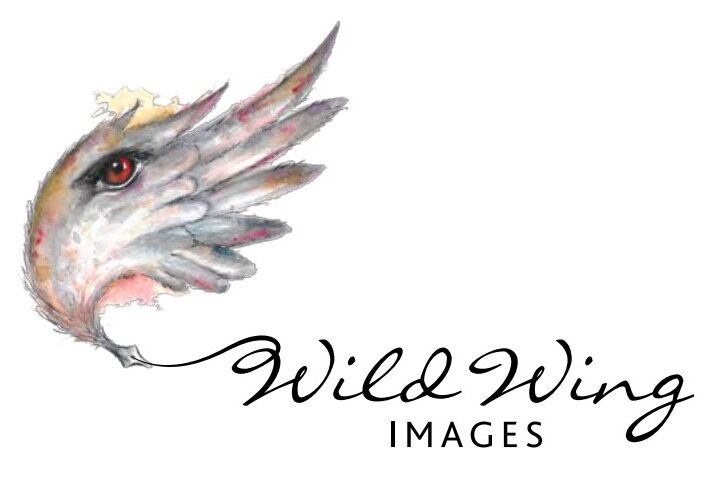Lama Atisha Dipamkara lived from 982 to 1040 and is credited with re-vitalising the Buddhist traditions in Tibet and compiling wisdom from several different lineages together in his text Lamp to the Path of Enlightenment. This text outlines the stages of the Buddhist path as originally taught by Buddha and effectively forms a road map for spiritual practice.
Atisha became known as the founder of the Lamrim and Logong teachings of Tibetan Buddhism which translate respectively as Stages on the Enlightenment Path (Lamrim) and Transforming the Mind (Logong). Together the Lamrim and Logong verses form the backbone of Tibetan Buddhism and appear in many different versions, however all are elaborations on Atisha's original texts. The Lamrim teachings are made up of twenty one meditations while the Logong teachings are are made up of fifty nine short slogans.
One of the most interesting Logong slogans is to Regard all Dharmas as Dreams. Pema Chodron, my favourite nun, puts it more simply by stating 'Regard everything as a dream. Life is a dream. Death is also a dream. Waking is a dream and sleeping is a dream. Another way to put this is that every situation is a passing memory.'
As with many teachings my first reaction was a degree of aversion. Over time, I think I understand why.........
In order to make sense of life, feel safe and worthwhile we seek definition and build structures in our mind, we order things and attempt to pin it all down into something our minds can manage. I think we all do this to some extent in varying styles, attaching some degree of solidity to what we have created. The more solidity, the more we suffer when the gap between our creation and reality becomes apparent. In contrast dreams are experienced by me as the workings of my mind while I sleep, insubstantial, subtle, illusory, elusive, barely there and rarely understood. They exist behind a veil, are difficult to remember and almost impossible to define or structure into something solid.
I find photography gives me a window to a more realistic view of reality. A photograph captures an instant in time and records it as a picture, yet as soon as it is taken that moment is gone. It may be 1/3200 of a second (my usual shutter speed), a tiny moment, which can be broken down into tinier moments and tinier moments to a level impossible to record. Each moment plays out somewhere in space and then is gone, never to be repeated. The wheel constantly turns and before anything can be defined, it has shifted, changed and is gone. This seems to me, the real nature of life, something too vast, too intricate and too complex to ever be grasped.
When I keep this train of thought for long enough it undermines the solidity with which I view myself, my world and life in general. The definitions and structures stand out as creations of my own mind, and rigidly clinging to them is like hanging onto a handful of nothing. It is a house of cards and only exists because I choose to prop it up and reinforce the cracks in a futile attempt to get my feet on solid ground. The cost of doing this is not immediately apparent but, I believe the quest for solidity comes at a heavy price.
For me, this idea is vividly illustrated within John Fowles novel, The Collector. This text was part of my year twelve syllabus, a dark and complex book with many cutting insights on life. Clegg, is the Collector. He roams the countryside collecting butterflies, killing them and pinning them down on labelled boards. He is also a photographer, freezing what he sees in a collection of images. Respectable pursuits, but underneath the veneer of appearance he harbours an ugly agenda...............
Miranda is a beautiful young girl, a deep intelligent thinker, an existentialist art student with an older boyfriend. She espouses freedom, yet, at the same time, is caught in a hypocritical web of unsaid expectation like all of us. Secretly, Clegg watches and admires Miranda. She is everything he is not and he wants that free spirited beauty but, he is clunky and incapable of understanding what he sees. He has no means of ever knowing Miranda on a level playing field but, for reasons best known to the Gods, fate intervenes. Clegg wins lotto which enables him to put his dark plan into action with clinical precision.
Miranda is captured and kept in a basement on a deserted farmhouse. Escape is impossible. Clegg clumsily attempts to look after her and tries to impress her with conversation and gifts of art supplies and books. Their minds lock in an impossible struggle, captor vs hostage, intelligence vs stupidity, insight vs ignorance, freedom vs control, reality vs appearance, life vs death. Miranda loses and dies from an infection which could have been easily treated, had Clegg sought medical help. In the attempt to possess, define and control, something infinitely precious and unique is lost.
A price has been paid, yet at a superficial glance, not by Clegg, he simply doesn't see the extent of the damage and remains ignorant to the undefinable promise he destroyed. To make it worse, Clegg gets away with his crime and plans another capture. Yet, it seems to me that he has paid an unspeakable price. Unable to reach beyond his mental constraints he can never see the intricate beauty of life, never sense the subtle rhythms that play and never be free of his own mind to realise or touch any of it. While he senses the existence of a world vastly larger than his, he cannot stretch to experience it, and is therefore condemned to clumsily drag that which he doesn't understand into his small, dark, clunkily solid world, inflicting untold damage in the process. The price is immeasurable, but Clegg will never see what he has paid.
Whenever something beautiful and free becomes entangled in an ignorant grab at control we all pay a price. The world becomes tighter and the subtle rhythms of life slip further from our understanding. The quest for solidity comes at a great cost to ourselves, to others and to life, which brings me back to the Logong slogan to regard everything as a dream...............it seems to me, good advice aimed at decreasing our own suffering and that of the world.
In taking photos, I try to highlight subtlety, movement and light and open a window to the transience I notice acutely whenever I am behind the camera. When I look at an image I like to sense that a greater level of complexity and subtlety lie just beyond reach and, that to touch and experience that depth, boundaries need to be stretched and pre-conceived ideas and constraints of solidity dropped.















